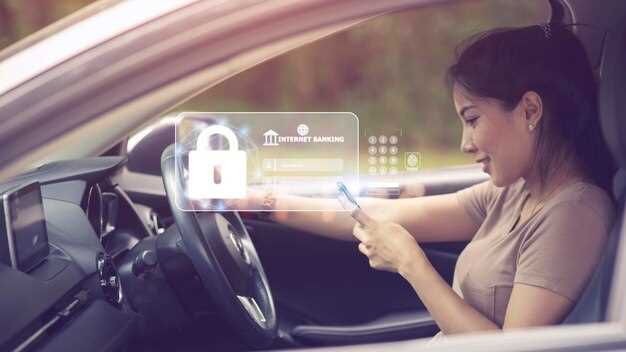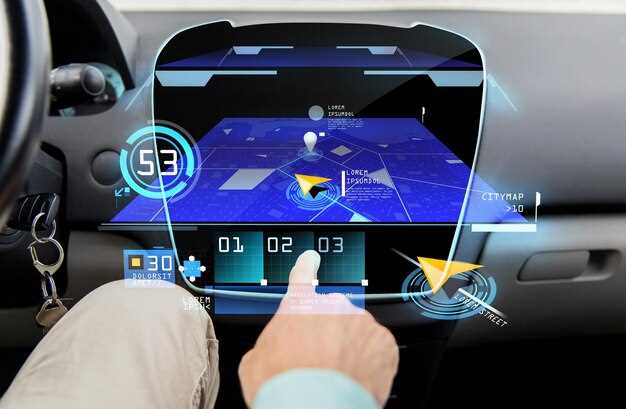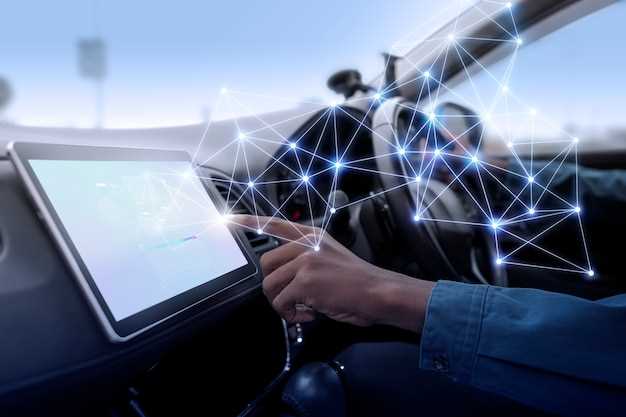
As technology continues to evolve at a rapid pace, the integration of augmented reality (AR) into everyday experiences has become increasingly prominent. One of the most intriguing applications of this innovative technology is in windscreen displays, which are revolutionizing the way we perceive our driving environment. Augmented reality enhances the driving experience by overlaying essential information directly onto the vehicle’s windshield, allowing drivers to stay informed without taking their eyes off the road.
The benefits of employing augmented reality in windshield displays are multifaceted. By presenting real-time data such as navigation prompts, speed limits, and hazard warnings directly in the driver’s line of sight, AR technology significantly improves situational awareness. This integration not only fosters safer driving conditions but also allows for a more intuitive interaction between the driver and their vehicle. As the automotive industry embraces these advancements, we are witnessing a transformative shift in how drivers interact with their surroundings.
In this article, we will explore the various applications of augmented reality in windshield displays. We will examine how these systems work, their potential to enhance driving safety and convenience, and the challenges that come with implementing this groundbreaking technology in modern vehicles. As we delve deeper into the world of AR, we will uncover how it is set to shape the future of driving.
Navigation and Route Optimization with AR Display Technology

Augmented Reality (AR) technology significantly enhances navigation and route optimization for drivers. By integrating digital information into the real-world view through windshield displays, AR transforms the driving experience into a more intuitive and efficient process.
AR displays provide crucial information directly in the driver’s line of sight, making it easier to navigate without taking attention away from the road. This seamless blend of reality and technology ensures that drivers stay informed while maintaining focus on driving.
- Real-Time Directions: AR navigation systems overlay directional arrows and routes on the road, simplifying navigation through unfamiliar areas.
- Contextual Information: Drivers receive real-time updates about traffic conditions, road closures, and hazards, allowing for more informed decisions on alternative routes.
- Route Optimization: AR technology can analyze traffic data and suggest the most efficient paths, minimizing travel time and fuel consumption.
- Landmark Recognition: Enhanced visibility of key landmarks and waypoints helps drivers maintain orientation and reduces anxiety related to navigation.
Furthermore, the integration of AR in vehicles promotes safer driving practices. By delivering information directly onto the windshield, it minimizes the need for drivers to look away from the road, which is a common cause of accidents. This approach enhances situational awareness, allowing drivers to react swiftly to changes in their environment.
As AR technology continues to evolve, its applications in navigation and route optimization will become increasingly sophisticated. Future advancements may include:
- Integration with artificial intelligence for predictive route adjustments based on driving behavior and preferences.
- Enhanced vehicle-to-vehicle communication to improve traffic flow and reduce congestion.
- Personalized routing experiences that adapt to individual preferences, such as scenic routes or eco-friendly options.
In conclusion, AR display technology revolutionizes navigation in driving, offering a safer, more efficient, and user-friendly experience. Its potential to optimize routes and enhance situational awareness makes it an essential component of modern transportation technology.
Real-Time Vehicle and Hazard Detection through Augmented Reality

Augmented reality technology has revolutionized the way drivers interact with their environment, particularly through advanced windshield displays. By integrating real-time vehicle and hazard detection systems, augmented reality enhances situational awareness, allowing drivers to navigate safely and efficiently.
Utilizing sophisticated sensors and cameras, augmented reality systems can immediately identify vehicles, pedestrians, and various hazards on the road. When these elements are detected, relevant information is displayed on the windshield in the driver’s line of sight. This immediate feedback is crucial, as it reduces the time taken to react to potential dangers.
For instance, when a vehicle is approaching from a blind spot, augmented reality technology highlights it, providing visual cues to the driver. Similarly, construction zones, sharp turns, or slippery surfaces can be marked clearly in real time. This enhances the driver’s understanding of their surroundings, making critical driving decisions more informed.
Moreover, integrating augmented reality with advanced analytics enables vehicles to predict potential hazards based on data patterns. By assessing factors such as traffic flow and weather conditions, the system can forewarn drivers about upcoming challenges, promoting proactive rather than reactive driving.
As augmented reality continues to advance, we can expect even more sophisticated applications in vehicle and hazard detection, ultimately contributing to safer roads and a better driving experience.
Enhancing Driver Awareness and User Experience with HUD Systems
Head-Up Display (HUD) systems play a significant role in augmented reality applications, specifically designed to enhance driver awareness and overall user experience during driving. By projecting essential information directly onto the windshield, these systems create a seamless integration of digital data into a driver’s field of vision, minimizing distractions and maximizing focus on the road.
One key advantage of HUD systems lies in their ability to present critical driving data, such as speed, navigation prompts, and vital vehicle information, in a manner that is both accessible and intuitive. This augmented reality overlay allows drivers to maintain their eyes on the road, significantly reducing the need to glance away at traditional dashboard displays. By doing so, drivers can better respond to sudden changes in their environment, enhancing safety and situational awareness.
Moreover, HUD systems can adapt to varying driving conditions. In adverse weather scenarios or low-light environments, these displays can augment visibility by highlighting obstacles or hazards, ensuring that drivers have a clear understanding of their surroundings. Additionally, features like predictive route modeling and real-time traffic updates further enhance the user experience, allowing for proactive driving decisions.
Furthermore, HUD systems can foster a more engaging interaction between the driver and the vehicle. By integrating voice commands and touch-sensitive controls, these systems create a more user-friendly interface, allowing drivers to communicate with their vehicle without diverting their attention. This enhancement of driver experience contributes not just to efficiency, but also to a more enjoyable ride.
In summary, augmented reality in HUD systems transforms traditional driving interfaces into dynamic platforms that improve driver awareness, increase safety, and elevate the overall user experience. As technology advances, the potential for these systems to integrate additional features and capabilities will undoubtedly lead to smarter, safer roads.




